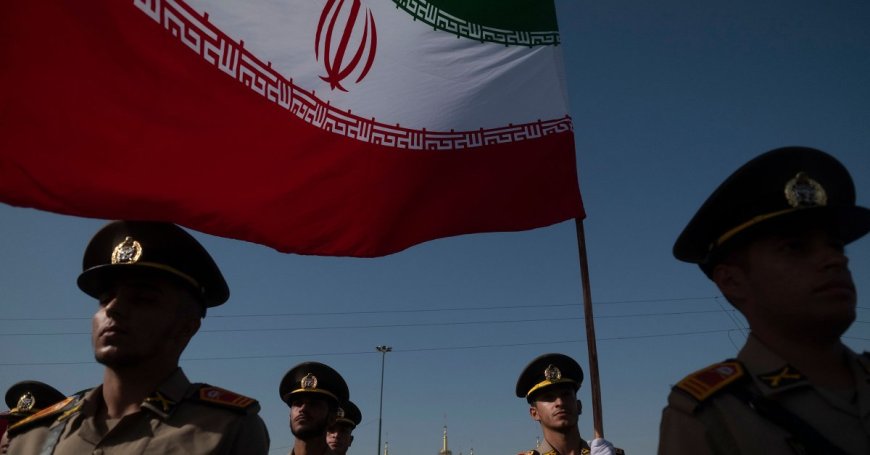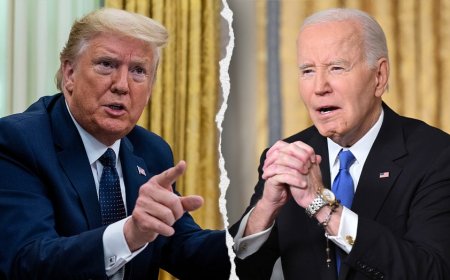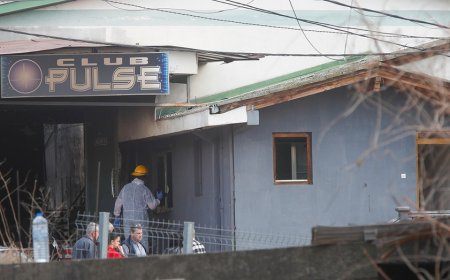Why Iran’s Regime Is Looking Even Shakier
The regime is grappling with the collapse of its regional "Axis of Resistance" and mounting economic troubles at home.

 [time-brightcove not-tgx=”true”]
[time-brightcove not-tgx=”true”]
It’s been a disastrous few months for Iran and its ability to threaten its regional rivals and enemies. The Israel’s security forces have crippled the leadership of Iran’s two most potent allied militias: Hamas in Gaza and Hezbollah in Lebanon. The surprise collapse of Bashar al-Assad’s government in Syria not only cost Iran its most important state ally but cut off the route it has used to supply Hezbollah with weapons and support. Yemen’s Houthi rebels continue to attack shipping traffic through the Red Sea, but an emboldened Israel has scored direct hits against its fighters, including inside Yemen itself. Iran has also recognized that Russia, its most important ally outside the Middle East, is so preoccupied with Ukraine that Moscow’s needs outstrip its generosity. In short, Iran has seen the collapse of its regional empire by proxy—the so-called Axis of Resistance.
Israel’s Prime Minister Benjamin Netanyahu ordered direct strikes on Iranian territory in 2024, knowing there was little Tehran could do to retaliate. Donald Trump, a man who has long argued that Iran responds only to “maximum pressure,” is now once again President of the United States. He doesn’t want a costly all-out war with Iran, but will be watching closely for any sign that its leaders might attempt a push to build a nuclear bomb. There is also the temptation, both on the U.S. and Israeli side, to extend maximum pressure into military action.
Iran’s domestic problems might pose an even greater threat to leaders of the Islamic Republic. Its sanction-plagued economy is running on fumes. The value of its currency is spiraling, inflation stands around 30%, and a broad range of Iran’s people are understandably growing angrier.
: Humiliated Abroad, Iran Is Also Enfeebled at Home
The latest public frustrations have focused on an energy crisis that has forced sporadic blackouts and the closure of schools and businesses to conserve natural gas, which supplies most of the country’s power and heat. The economy has been so incompetently and corruptly managed that Iran, which has the world’s second-largest natural gas reserves, faces severe gas shortages. (Iran burns oil instead, and has some of the world’s most polluted cities.)
The regime’s ongoing attempts to reimpose draconian social rules and censorship laws have reenergized the demonstrators who powered the 2022-2023 “Woman, Life, Freedom” protests. For many Iranians, aggressive police enforcement of laws that require women to wear the hijab adds insult to the injuries inflicted by Iran’s economic isolation. Just 50% of voters took part in last year’s presidential election, a low figure for Iran. Dissatisfaction is now percolating even among the regime’s hardliner supporters, frustrated that Iran did so little to save Syria’s Assad from a humiliating flight to Moscow. Iran spent billions in recent years to bolster Assad’s ability to survive his country’s civil war. That investment is now burned.
It has fallen to Masoud Pezeshkian, Iran’s “reformist” President, to manage these failures. The embattled President still has the all-important institutional support of Supreme Leader Ali Khamenei and the politically powerful Speaker of Parliament Mohammad-Bagher Ghalibaf. But a growing number of Iranians, once hopeful that Pezeshkian might bring positive change, now see him as a weak leader.
And in the background looms an increasingly large question: Who will take power when Khamenei, now 85 and in poor health, dies? Powerbrokers within the Iranian Revolutionary Guard Corps and the clerical establishment have had years to prepare for succession. But this will be the first transfer of supreme power in Iran since 1989 and just the second in the Islamic Republic’s 45-year history.
Some inside the U.S. and Israeli governments argue that the regime in Tehran is close enough to the brink that a well-timed push might drive it into the abyss. But though Iran is a wounded lion, its massive missile and drone arsenal keep its claws sharp. If its leaders feel pushed into a corner, abroad or at home, they can still take actions that plunge the region—and draw the U.S.—into another war. That’s how Iran’s weakness could become the world’s problem.


























































